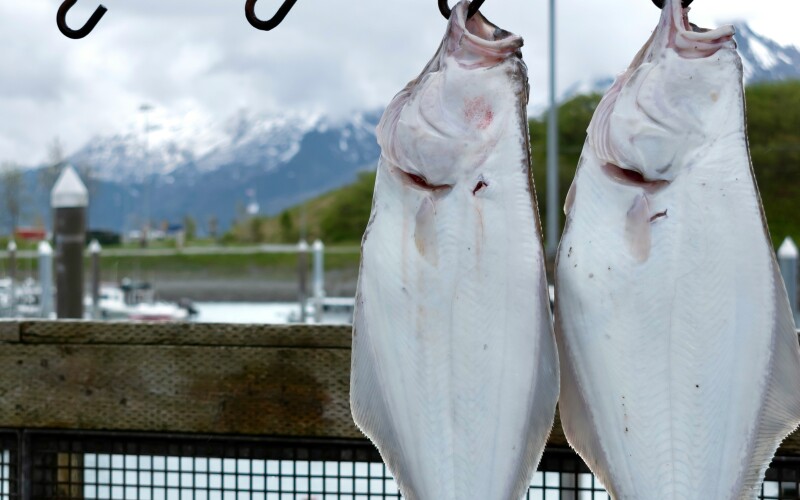NOAA Fisheries issued a final rule effective Jan. 1, 2024, to implement Amendment 123 to the Fishery Management Plan for Groundfish of the Bering Sea and Aleutian Islands (BSAI) management area. The final rule amends regulations governing limits on Pacific halibut. The prohibited species catch (PSC) links the halibut PSC limit for Amendment 80 commercial groundfish trawl fleet in the BSAI groundfish fisheries to halibut abundance.
The Amendment 80 sector is a fleet of nearly 20 catcher-processor vessels in the Bering Sea that target Pacific cod, Pacific Ocean perch, Atka mackerel, rock, yellowfin, and flathead sole. BSAI Fishery Management Plan has previously set the annual halibut mortality prohibited species catch limit for Amendment 80 sector at 1745 metric tons, as halibut is incidentally taken as a bycatch in groundfish fisheries.
In November 2021, Alaska Governor Mike Dunleavy created the Alaska Bycatch Review Task Force to help better understand unintended bycatch of high-value fishery resources in state and federal waters. This group simplifies the reports for public review and understanding. Their most recent meeting was a Bycatch Utilization Subcommittee Meeting, accessible via Zoom through the Alaska Department of Fish and Game website.
NOAA Fisheries states that this final rule must comply with obligations in the Magnuson- Stevens Fishery Conservation and Management Act. The Fishery Management Plan minimizes bycatch to the extent practicable and consistent with the Magnuson- Stevens Act’s National Standard. NOAA also shares that this rule is expected to reduce halibut mortality and may result in additional harvest opportunities in the commercial halibut fishery and subsistence and recreational fisheries. The North Pacific Fishery Management Council recommended this action at a December 2021 meeting and further approved this action in an official letter on March 8, 2023.
Amendment 123 achieves the Council’s intent to link Amendment 80 sector’s prohibited species catch limit to halibut abundance, according to NOAA. This amendment will replace the static catch level of 1745 metric tons by establishing a process for annually setting the halibut PSC limit based on the most recent halibut abundance indices.
NOAA states that the limits established by this action range from:
- Current limit of 1,745 metric tons when abundance is high in the International Pacific Halibut Commission index and either high or low in the NOAA Fisheries Eastern Bering Sea index.
- 35 percent below the current limit when abundance is very low in the International Pacific Halibut Commission index and low in the NOAA Fisheries Eastern Bering Sea index.
Pacific halibut is of significant cultural, social, and economic importance to fishery participants and communities. In recent years, catch limits for the commercial halibut fishery have declined in response to changing stock conditions. At the same time, limits on the maximum number of halibut-prohibited species caught in the groundfish fisheries remain constant.







